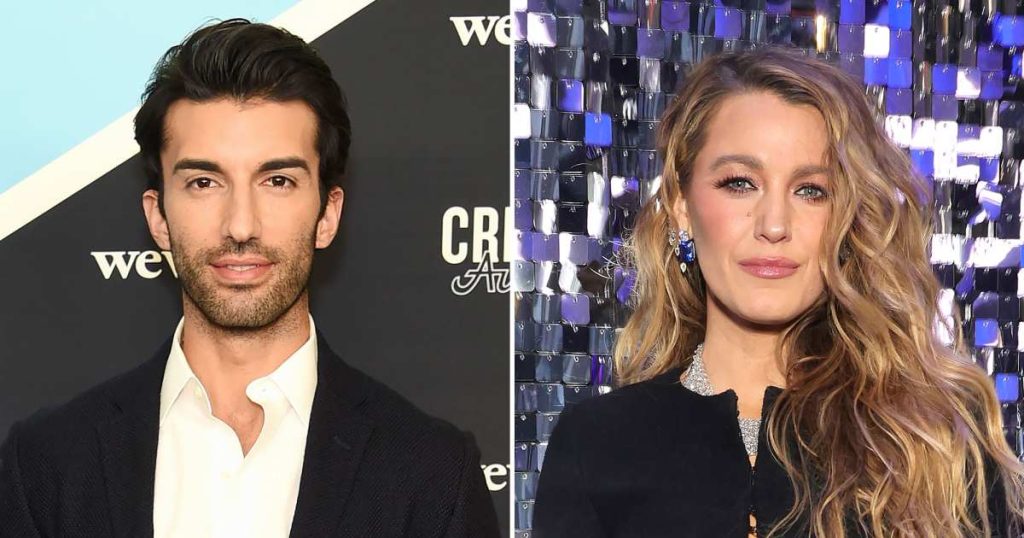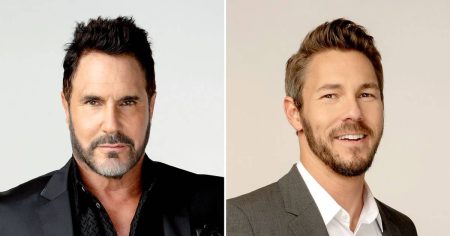The escalating legal battle between actor and director Justin Baldoni and actress Blake Lively, stemming from the production of their film “It Ends With Us,” has taken a new turn with Baldoni’s $250 million lawsuit against The New York Times. Baldoni alleges libel and false light invasion of privacy, claiming the newspaper’s reporting on Lively’s sexual harassment lawsuit against him relied heavily on Lively’s unverified account while ignoring evidence that contradicted her claims and revealed her motives. The core of Baldoni’s argument rests on the assertion that Lively’s allegations were a strategic maneuver to wrest control of the film’s creative direction. He claims Lively’s actions, including allegedly firing the original editors and replacing them with her own team, including one favored by her husband, Ryan Reynolds, effectively shut him out of the post-production process.
Central to the dispute is the film’s 10-week “protected” post-production period, traditionally a time for the director to shape their vision without interference. Baldoni contends that Lively, despite knowing this convention, insisted on access to the editing bay following her accusations. The lawsuit portrays Lively’s initial request for two days of access as a pretext, alleging that she ultimately spent ten days working on the film’s edit, often alone, and significantly altering the project’s trajectory. Baldoni’s lawsuit argues that The Times, by omitting these details, presented a biased narrative that shielded Lively from accountability for the professional turmoil surrounding the film. The suit paints a picture of Lively leveraging her accusations to gain unprecedented creative control, undermining Baldoni’s directorial authority and ultimately hijacking the film’s post-production.
Previous reports had hinted at on-set tensions between Baldoni and Lively, with sources describing a divided crew and a creative struggle that escalated into a communication breakdown between the two stars. These reports corroborated an environment where Lively allegedly exerted increasing creative influence, reportedly leaving Baldoni feeling marginalized and his vision disregarded. While some sources attributed Lively’s involvement to a desire for a high-quality film faithful to the source material, the narrative presented by Baldoni’s lawsuit casts a different light on her actions, framing them as a calculated power play.
The legal filings and public statements from both sides reveal starkly contrasting narratives. Baldoni’s lawsuit portrays him as a victim of Lively’s manipulative tactics, while Lively’s legal team maintains that her claims of a hostile work environment are legitimate and that Baldoni’s lawsuit is a baseless attempt to discredit her. The ongoing legal proceedings are likely to delve further into these conflicting accounts, examining the evidence and testimonies to determine the true nature of the events that unfolded during the film’s production. The clash between these two prominent figures highlights the complexities of power dynamics and creative control in the film industry.
Lively’s attorney has responded to Baldoni’s lawsuit, asserting that it doesn’t change the substance of her claims against Wayfarer Studios and others. The statement underscores Lively’s intent to pursue her complaints through legal channels, emphasizing her administrative complaint and a recently filed federal complaint. The statement challenges the premise of Baldoni’s lawsuit, arguing that Lively’s primary goal was always litigation, not simply to gain control of the film. Lively’s legal team invites public scrutiny of her complaint and expresses confidence in addressing Wayfarer’s allegations in court. This statement underscores the deeply entrenched positions of both parties and sets the stage for a protracted legal battle.
The dueling lawsuits have thrust the behind-the-scenes drama of “It Ends With Us” into the public eye, raising questions about the balance of power between actors and directors, and the potential for allegations to be used as leverage in creative disputes. The case’s outcome could have far-reaching implications for the industry, potentially influencing how creative control is negotiated and exercised in future film productions. As the legal proceedings unfold, further evidence and testimonies are likely to emerge, shedding more light on the complex interplay of personalities and power dynamics that have fueled this high-profile conflict. The contrasting narratives presented by Baldoni and Lively underscore the challenges of discerning truth from competing accounts in a highly charged legal environment.










